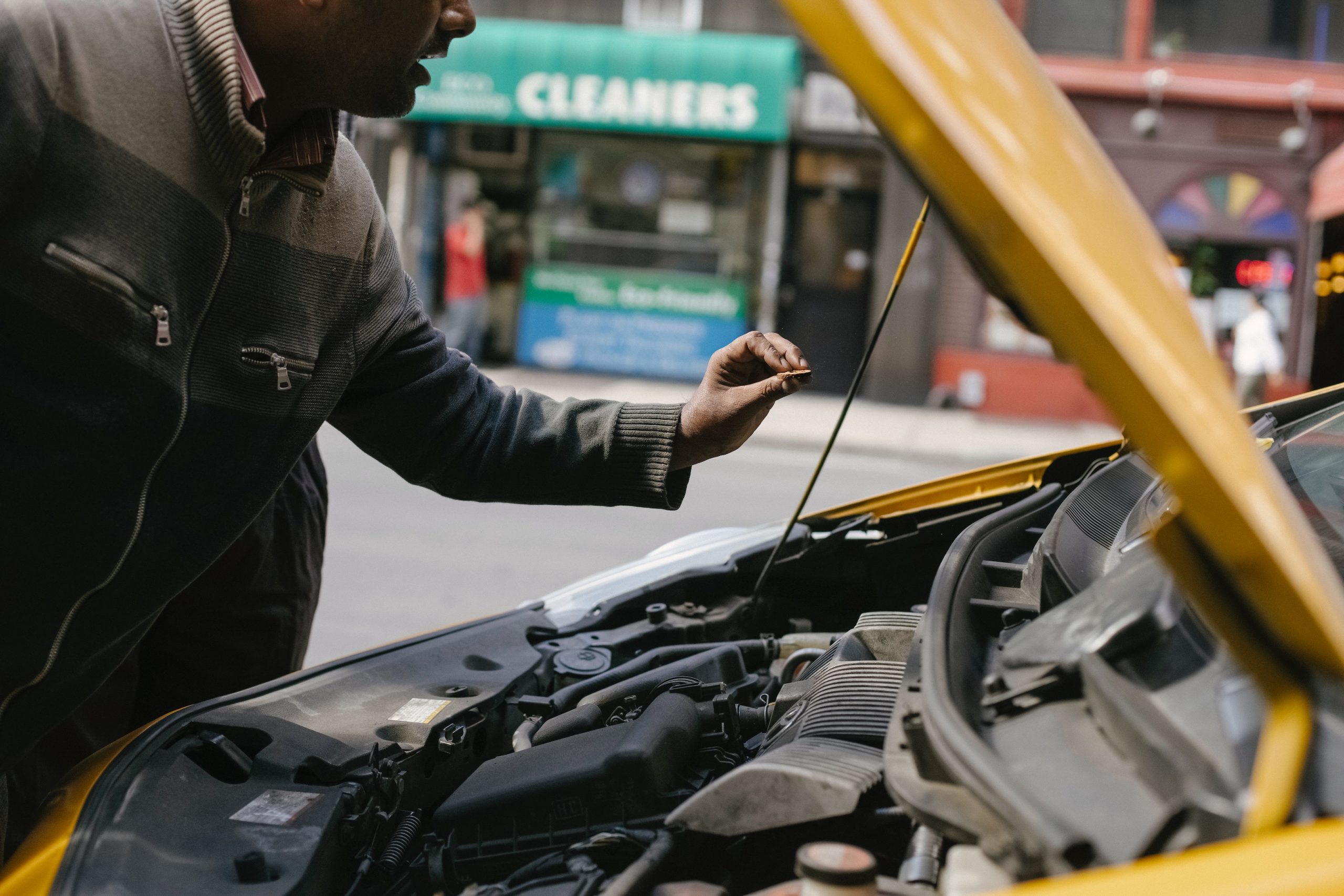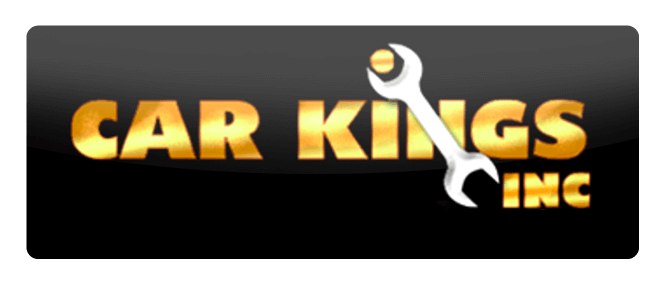

Have you looked under the hood of your vehicle lately? Or, have you ever looked under your hood?
If you are like most people, you probably haven’t opened the hood unless there was a problem or a warning light suddenly appeared on your dashboard. If this describes you, then you may be missing an opportunity for proactively maintaining your vehicle and extending its life and value.
In this blog, we look at a few simple ways you can self-maintenance your vehicle under the hood. If you add these simple steps into your regular vehicle routine, you may be able to circumvent bigger problems over time and keep your engine running smoothly.
Opening the Hood
If you have never opened your hood, it is usually a two-step process:
- Look for a lever below the steering column that “pops” the hood.
- If you hear the hood pop, then you can open it but sometimes it may require you to move your hand across the front under the hood to release a latch.
- Once the hood is up, make sure it is secured so it will not close.
Under the Hood
Now that you have the hood up, you are ready to go through a few maintenance items.
- Inspect the Engine: It’s always good to start with a visual inspection of the engine. You want to look for anything that might be loose like a cap to a reservoir. Also, check for dirt and any debris that might have come inside your engine, like leaves or pine needles. Finally, make sure to check for any loose or broken belts or hoses.
- Check and Replace Vital Fluids: Inside your engine are many reservoirs for vital engine fluids, such as oil, coolant, and windshield wiper fluid. By checking these three fluids, you are ensuring that your engine runs smoothly, safely, and efficiently.
- Oil: Your engine’s oil is perhaps one of the most important fluids that is necessary to keep your engine running. Oil lubricates the engine parts. Oil is easily checked by looking at the level on the dipstick and can be checked when the engine is warm or cold. If you are unsure of the location of the dipstick, consult with your owner’s manual. The dipstick has a Full Line; this is where the oil should be on your clean dipstick. If the oil level is below, then make sure to add the proper amount according to your vehicle’s owner’s manual.
- Coolant: The engine’s coolant is another important liquid that helps to regulate the engine’s temperature and keep it from overheating. The coolant reservoir also contains antifreeze to protect your vehicle’s engine during colder temperatures. Locate the coolant reservoir and check the level. Make sure to always check this when the engine is not warm. Again, if you need to replenish any fluid, make sure to consult with your owner’s manual. Coolant requires a 50/50 mixture of water and coolant.
- Windshield Wiper: While the windshield wiper fluid is not vital to your engine’s performance, it is especially important when you need to clean off a dirty windshield. Keeping this fluid maintained in the winter can prevent a bad visibility situation on the road. If you don’t have commercially available fluid, you can always use water. Store bought wiper fluid is more beneficial though because it contains detergents that will work to keep your windows cleaner.
- Check and Replace Other Fluids: If you are feeling overly ambitious, you can always check other fluids in your vehicle as well, including the transmission, brake, and power steering fluids. Always check with your owner’s manual or a service professional at Car Kings before replacing any of these fluids.
It only takes a few minutes a month to go through this check of your engine and the fluids under the hood. If you don’t have the time or ability to check or replace some of them, click here to schedule an appointment for an under the hood inspection in the Wallington, New Jersey area.
